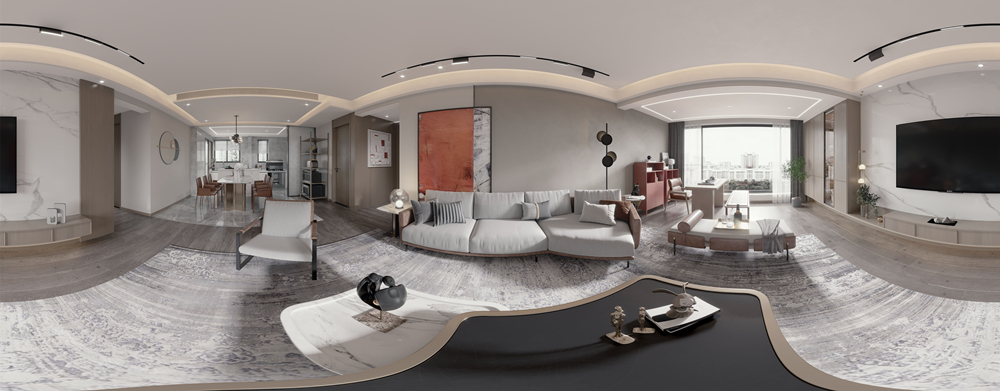
Panorama Compositing: Stitching the World into a Single, Expansive View
Panorama compositing is a fascinating technique that has transformed the way we capture and perceive the world around us. By combining multiple images into a single, seamless panoramic view, it enables us to showcase vast landscapes, large-scale events, and detailed interiors in a way that a single photograph simply cannot.

The Technical Side of Panorama Compositing
At its core, panorama compositing involves taking a series of overlapping images and blending them together to create one continuous image. To start, photographers use a tripod to keep the camera steady and ensure consistent alignment. They then capture a sequence of photos, usually with about 30 - 50% overlap between each frame. This overlap is crucial as it provides the necessary data for the software to match and blend the images.
Once the images are captured, specialized software takes over. Programs like Adobe Photoshop, PTGui, and Hugin are popular choices. These applications use advanced algorithms to analyze the overlapping regions of the images. They identify common features such as edges, corners, and unique textures. By comparing these features across all the images, the software calculates the relative position and orientation of each photo. This information is used to align the images precisely.
After alignment, the software faces the challenge of blending the images together. This involves adjusting the color, brightness, and contrast of each image so that they match seamlessly. For example, if one image was taken with a slightly different exposure due to a change in lighting conditions, the software will correct it to match the others. The software also smoothens out any visible seams between the images, resulting in a natural-looking panorama.
Applications of Panorama Compositing
Panorama compositing has a wide range of applications. In the field of photography, it allows photographers to capture the grandeur of landscapes. A vast mountain range, a beautiful coastline, or a starry night sky can all be presented in their full glory. In architecture and real estate, panoramic composites are used to showcase buildings and properties. Potential buyers can get a comprehensive view of a house, including its layout, interior, and exterior, through a single panoramic image.
For event photography, panorama compositing can capture the scale and energy of large gatherings. Concerts, festivals, and sports events can be documented in a way that shows the entire venue and the crowd. In the world of virtual reality and 360 - degree experiences, panorama compositing is the foundation. By creating high - quality panoramic images, developers can offer immersive virtual tours of places, from historical landmarks to modern attractions.
Panorama compositing is a powerful technique that combines art and technology. It has opened up new possibilities for visual storytelling, allowing us to share and experience the world in a more expansive and engaging way. Whether it's for personal creativity, professional work, or virtual exploration, panorama compositing continues to shape the way we see and document our surroundings.